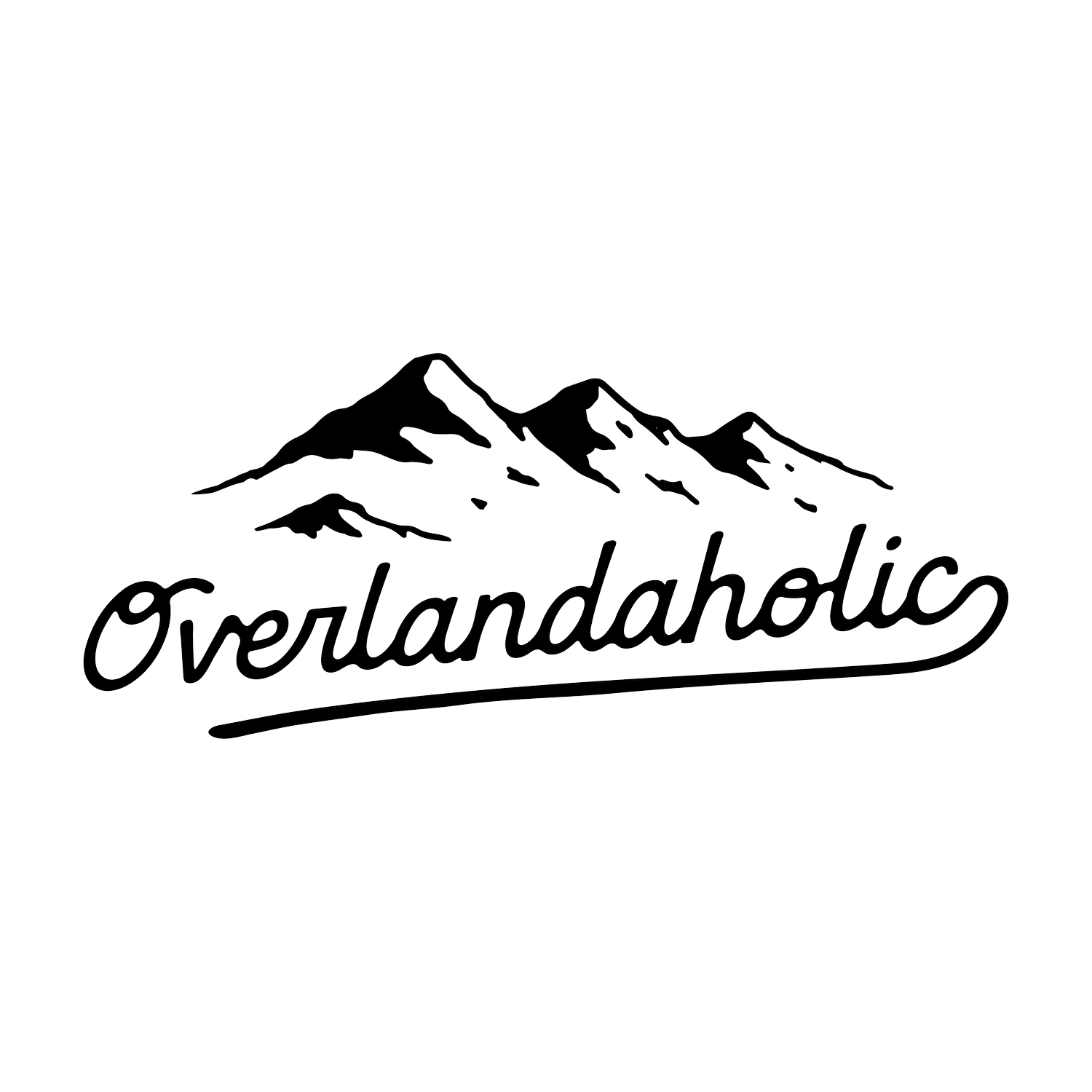the Complete Beginners Guide to Overlanding
Overlanding is becoming super popular and it leads to the question of how do I get started? Looking through all of the articles online and different products offered can seem very daunting but we’re here to make it easier for you so you can get out and explore!
To put it simply, overlanding is taking a vehicle and going “over land” to explore new destinations. You’ll notice that a lot of people in the overlanding community also have tents and cooking equipment on their vehicles. This is because not only is overlanding just going out to explore, it’s about spending time in nature and can be a day trip or however long you want. Now that we know what overlanding is, let’s figure out where to start.
Your Overland Vehicle
Like myself, when I first heard about Overlanding I did tons of research and it just confused me more. The first thing that you want to ensure is that you have a vehicle that is ready to handle different types of terrain. This doesn’t have to be a fancy vehicle but usually needs to be something with more ground clearance and storage space such as a truck or SUV. Starting off with one of these vehicles will bring you to the next step without having to worry too much. If you have something like a car, it can be a little more difficult because cars are lower and made for on-road use. Of course, you don’t have to go out and buy a new vehicle, but it may take a little bit of modification before you can start heading to more remote areas if you choose to do so. One of the most essential things we recommend doing to your vehicle before Overlanding is getting a set of all-terrain tires. Tires can make a huge difference with your ride quality and traction while off-road.
What Gear Do You Need?
Think of overlanding like camping, you’ll want to bring some the 3 basic necessities; food, water, and shelter. You may also want to bring some tools, a multitool comes in handy, and some recovery gear in case you find yourself in a sticky situation. Outside the basics, some other gear to bring for a little bit of luxury may be chairs, hammocks, a pillow and sleeping bag, and a way to cook some food (because who wants to eat survival food for an entire trip!).
Fun for the Whole Family!
There’s nothing wrong about going on overlanding trips by yourself if you just need some alone time, but overlanding trips can be fun for the whole family and even bring some friends along! Getting everyone into nature makes for the best memories and there’s just something else about traveling through beautiful places and setting up camp that makes a great bonding experience. There are also benefits to traveling with others such as you have someone to tow you out of situations and so that you aren’t alone if you are in a place with no cell service (which you probably will be).
Where Can I Overland?
Arguably, the toughest part about overlanding is finding a great location, and more importantly finding a location that allows it. The most frequent and popular locations for overlanding are state parks because they usually have campsites if that’s your thing and most allow off-road driving through their designated trails where you can pick your own camp spot. There are 29 states with national parks in them so you’re bound to be in a state with one or near one. If you don’t have a state park, you can google some locations in your area and you’re bound to find forums and other blog posts stating exactly where to go. REMEMBER; if you are planning to overland in a national park, you can find trails and roads that allow your overlanding vehicle by going to the USDA Forest Service website and download their maps. If you’re looking for the absolute best places to overland, check out our top 5 overlanding routes in the U.S article!
The Most Important Thing to Remember
Other than having fun and spending some quality time outdoors, ALWAYS remember to leave no trace and take care of the environment! Since you will start going into some remote areas in nature, leave your campground and trails better than you found them and to follow some trail etiquette. We want to make sure that we can continue Overlanding and getting more people into the hobby to see the beauty of this world and we can’t do that if we ruin it. Please make sure you are picking up after yourself and taking care of our world… we only have one.
Follow the TREAD principles while overlanding to help protect our trails.

